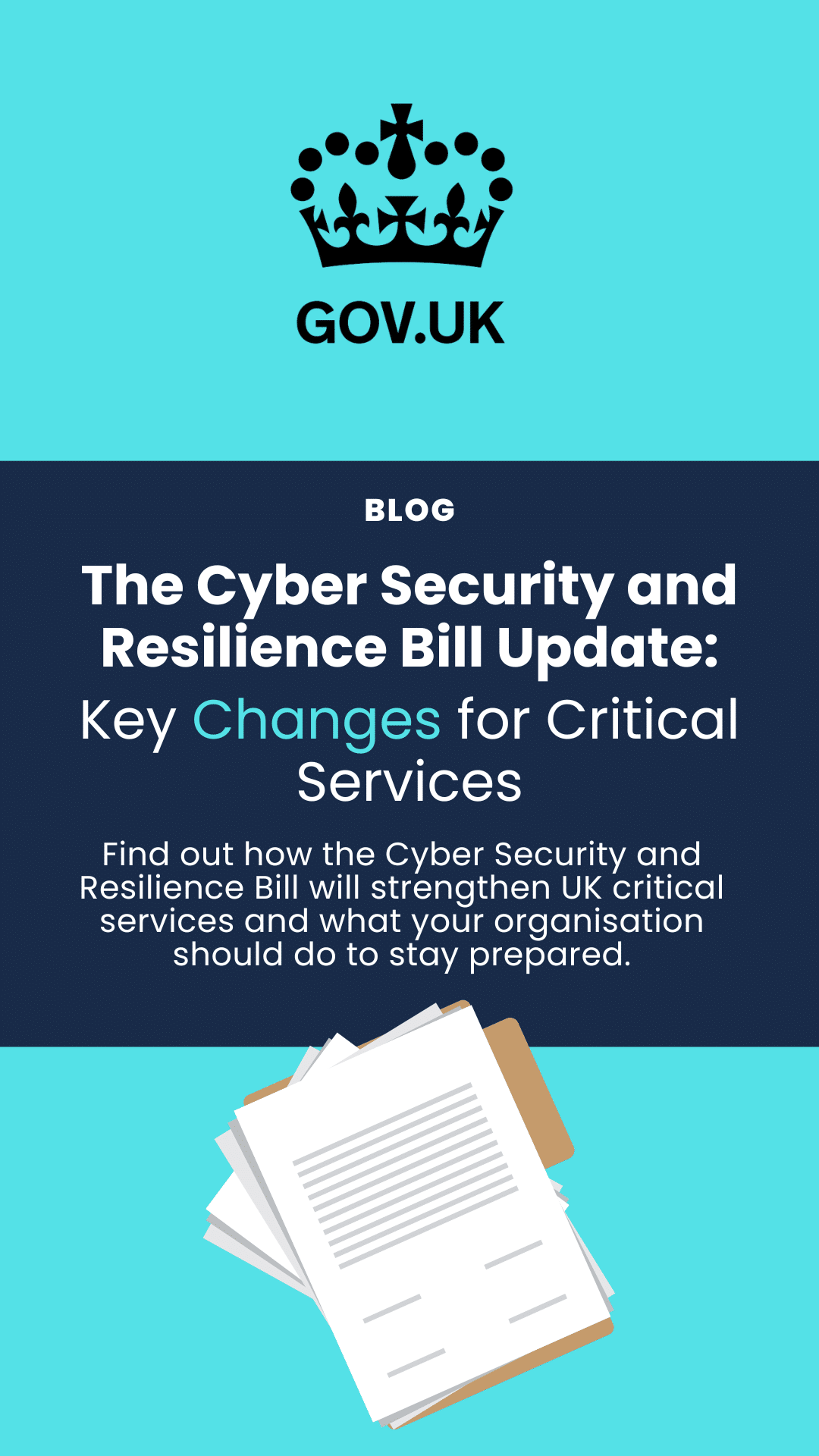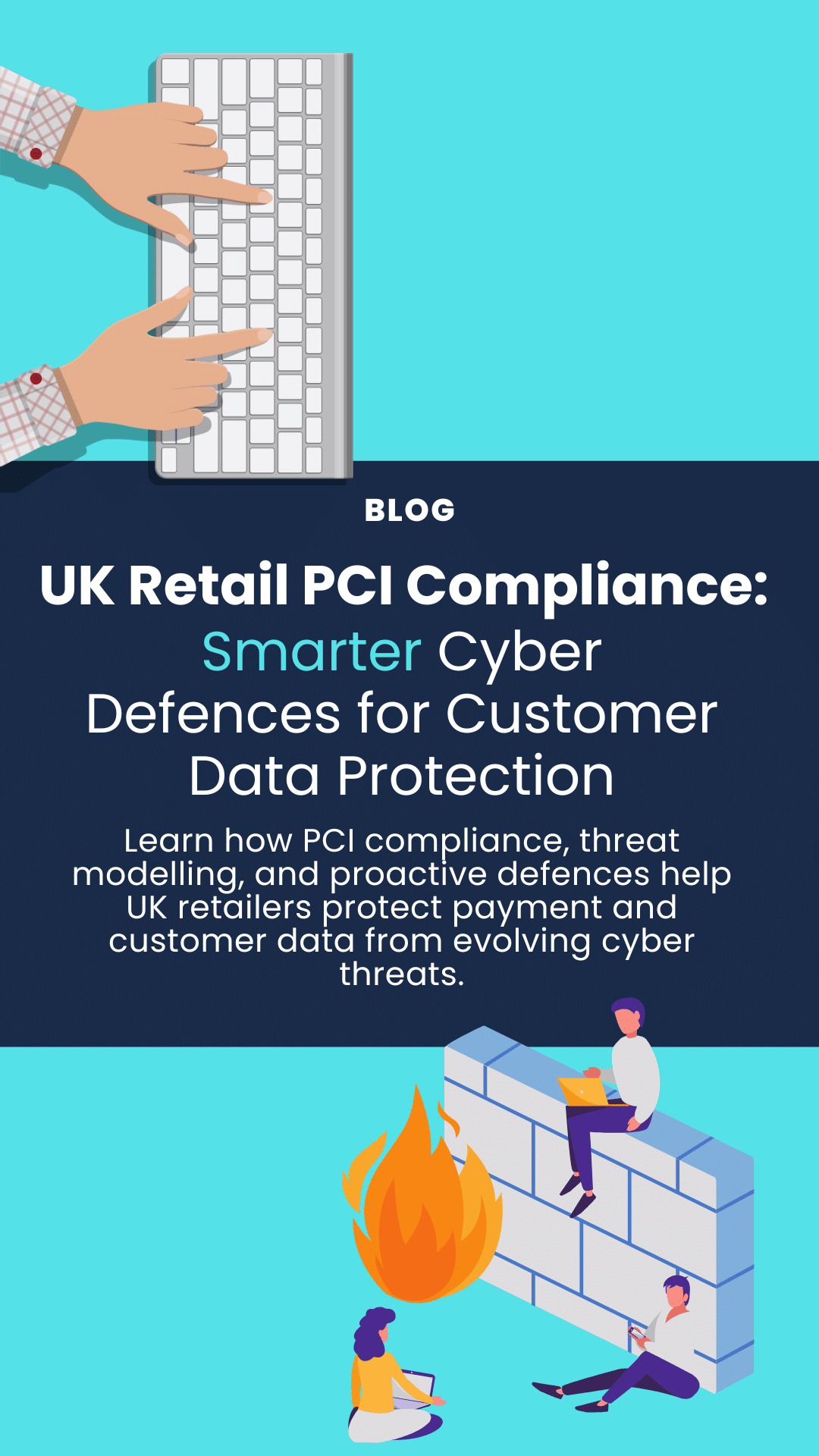Over the last decade there has been an unprecedented rise in the use of digital technology. So much so that our mobile devices and the use of social media permeate into almost every corner of our lives. This tech-evolution undoubtedly provides countless benefits for the global population. However, in many cases it can also be a double-edged sword. Although social media helps to better connect family and friends, it also plays a huge part in the rise of online harassment and cyber-bullying. While bullying has always been a problem for schools across the UK, the rise of the internet has made way for a new type of harassment. Cyber-bullying is impossible to escape. It is not just isolated to the playground, the harassment continues at home as well.
It has become the societal norm for children to own smartphones and social media accounts from a very young age. Although many use these devices to simply play games like Fortnite, watch their favourite YouTuber or FaceTime their school friends, this connectivity greatly increases the risk of online abuse for children. Unfortunately, because the internet can provide anonymity for online trolls, cyber-bullying has become extremely popular.
Not only is it far easier to be derogatory to someone online rather than face to face, many think they will never be caught. However, cyber-bullies need to be held accountable as this abuse can have a severe and lasting impact on a victim. Not only can it be emotionally harmful, these derogatory posts can go ‘viral’ and be seen by an entire school within minutes.
What is cyber-bullying?
Cyber-bullying is any form of online harassment using mobile phones, tablets or desktops. Although social media sites such as Facebook, Instagram and Snapchat can be a great way to connect with family and friends, unfortunately online harassment has become a huge problem on these platforms in recent years. Cyber-bullying often involves sending mean or derogatory messages to someone online. It can come in many forms including: name calling, spreading false rumours, cyber-stalking, grooming, masquerading, outing and sharing private information or images of someone without their permission.
Cyber-bullying is a very real challenge which needs to be addressed urgently. Ofcom statistics reported that thousands of British children are suffering at the hands of online bullies every year. They also discovered that a shocking one in eight young people admitted having been bullied on social media. A different study conducted by Mcaffee found that 47% of 14-18 year olds have been a victim of online abuse. To protect children and students, both schools and parents need to be taking responsibility for safeguarding young people from this ever-growing problem.
How can staff and parents identify signs of cyber-bullying?
-
Change in mood
Although moodiness can be normal teenage behaviour, look out for obvious changes in mood, do they seem uneasy or nervous to go to school? This is a common ‘red flag’ which parents need to be looking out for as it could indicate that they are uncomfortable in their school environment.
-
Hiding devices from sight
If you notice that your child has become overly protective and private about viewing their screen, this is another big warning sign that they could be a victim of bullying. Children often try to hide cyber-bullying from parents as they are afraid of the consequences if they do speak out. To protect children from this abuse, guardians can establish rules about online access to accounts and privacy which can help to reassure parents.
-
Schools can closely monitor devices
When the rise of cyber-bullying first came about, there was a lot of debate about whether schools should intervene (as it usually takes place outside of school grounds). However, as teen suicide rates and self-harm were clearly on the rise, it soon became clear they have a responsibility to safeguard the mental and physical health of all students. Schools can now deploy tools with cyber-bullying detection capabilities which monitor students web searches, social media and documents to help identify harassment. This enables schools to quickly identify dangerous situations before they escalate.
-
Parents portal
Parents can also benefit from these school web filtering and monitoring solutions. Tools such as Securly provide a ‘parent portal’ which gives visibility into what their child is accessing on school devices. If inappropriate or worrying content is discovered, parents are immediately notified and can intervene as necessary.
-
Making passing comments about suicide
It goes without saying that comments like these should not be taken lightly. In this case, immediately contact your GP so that they can be referred to a specialist who can offer them the emotional support they need. This may not be appreciated by the child but try to explain that it is in their best interest to seek expert support.
-
Unexplained weightloss
If your child has completely lost appetite and is losing a lot of weight, this could be a physical sign that they are suffering at the hands of cyber-bullies. Health-related symptoms like these are just some of the many ways bullying can take its toll. If this continues for a long period, health can deteriorate rapidly.
Put a stop to cyber-bullying for good
Just like with Cyber Security, safeguarding a child should involve multiple layers of protection. Parents need to be working collaboratively with schools to ensure that cyber-bullying does not go unnoticed. Parents need to be looking out for the ‘red flags’ which could signify their child is being tormented by online trolls. For schools, they have a duty to install safeguarding tools which have the power to identify cyber bullying, self-harm and radicalisation. Solutions like Securly have been proven to save hundreds of young lives from suicide attempts. A growing number of schools across the UK are adopting this technology as it empowers them to put an end to online abuse. If you would like to find out more about how this powerful safeguarding solution can help your school, please feel free to get in touch using the details below.
Ready to achieve your security goals? We’re at your service.
expertise to help you shape and deliver your security strategy.



